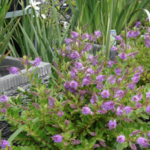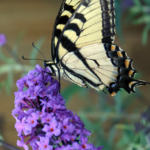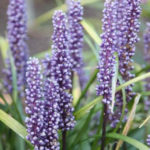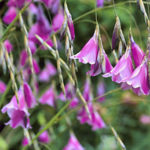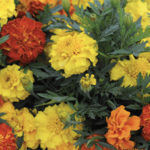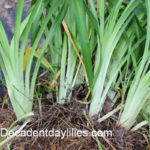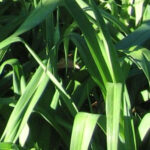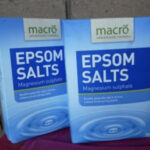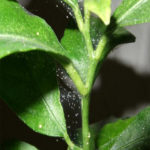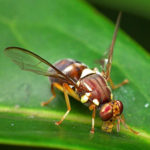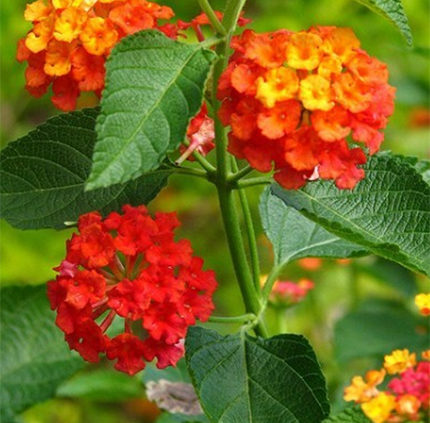
Lantana Plant Care
Lantana Easy To Grow Groundcover Plants For The Garden
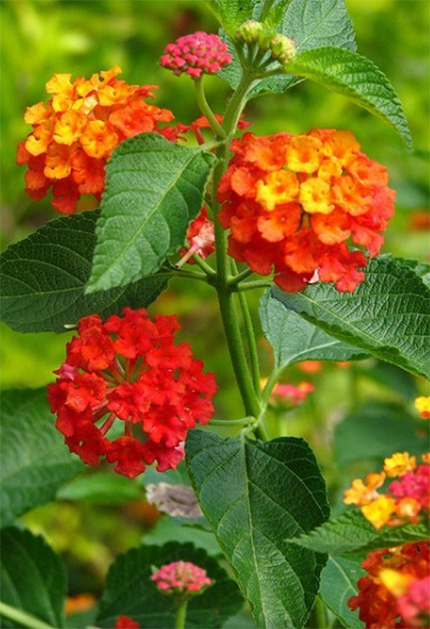 Lantana is a perennial flowering plant and was brought into Australia from America and Africa. It is an introduced species in Australia and is seen commonly in the Australian-Pacific region. The plant belongs to the family Verbenaceae and is of the order Lamiales. It is seen both as herbaceous plants as well as shrubs. The Lantana is commonly known as Shrub Verbenas or Lantanas. All types of Lantanas are said to be toxic and the ones with red flowers are considered to be the most toxic. They come out with a beautiful assortment of multi-coloured flowers and are a major attraction in any garden landscapes. The Lantana can be grown as border plants, in mixed beds or in pots and containers. The Lantana is an old fashion plant that has been around beautifying gardens for a long time. When choosing Lantanas to grow in your garden choose a variety that is not invasive and sterile eg) Variegated Lantana whistlepipe.
Lantana is a perennial flowering plant and was brought into Australia from America and Africa. It is an introduced species in Australia and is seen commonly in the Australian-Pacific region. The plant belongs to the family Verbenaceae and is of the order Lamiales. It is seen both as herbaceous plants as well as shrubs. The Lantana is commonly known as Shrub Verbenas or Lantanas. All types of Lantanas are said to be toxic and the ones with red flowers are considered to be the most toxic. They come out with a beautiful assortment of multi-coloured flowers and are a major attraction in any garden landscapes. The Lantana can be grown as border plants, in mixed beds or in pots and containers. The Lantana is an old fashion plant that has been around beautifying gardens for a long time. When choosing Lantanas to grow in your garden choose a variety that is not invasive and sterile eg) Variegated Lantana whistlepipe.
There are two species of Lantana displaying a variety of colours,
L. montevidensis a trailing Lantana or weeping plant grown in hanging baskets as well.
L.camara is much hardier upright shrub variety.
Description of Lantana
The Lantana is an upright, branching and arching shrub that can grow up to 2 to 4 metres tall. They occasionally grow as vines as it has very short branches and in this case, the plant can grow to a height of 15 metres. The young stems are green in colour, coarse, have short prices and are square-shaped. As the stems mature, they turn brown or grey in colour. The leaves of Lantana are simple and oppositely arranged with the leaf stalks reaching 5 to 30 mm long. The blades of the leaf have an egg shape and are rough on the top and soft hairy underneath. The flowers of the Lantana are seen in a myriad of colours like red, white, pink, yellow, purple, cream and are seen as three circlets of florets, each with a different colour.
Lantana growing conditions
The Lantana does very well when grown in slightly acidic soil. The soil needs to be a well drainer and not poorly drained soil that is wet and soggy all day and night. It prefers to grow in areas where there is full sun. Once the plant gets established, it can tolerate shorter periods of drought and it needs as little as just one inch of water every week to survive.
Propagating Lantana
From cuttings
- Take the new growth cuttings of the Lantanas during the spring time. Cut about 4 inches from the stem and the lower leaves have to be removed. Leave one or two leaves on top of the fresh stem.
- Take a small pot and add potting mix to the soil. Water slightly and then make a 2-inch hole in the centre.
- Place the lower end of the stem in this hole and firm it uses the soil and the potting mixture so that it is upright. Cover the cutting with a plastic bag and allow the roots to develop.
- Once the root develops after 3 to 4 weeks, the plant can be moved near to a sunny window and then slowly can be transplanted outdoors.
Care for Lantana
Lantana does not need much fertiliser to bloom. Adding a compost to enrich the soil and feeding the plant with a balanced organic fertiliser during spring time, will aid in the health of the soil and help in blooming. All the spent blooms have to be deadheaded to encourage more blooming. If the plant gets overgrown, you can cut it into 1/3rd of its size in the growing season. The new plants need regular watering and once it establishes then it requires very less watering and maintenance.


